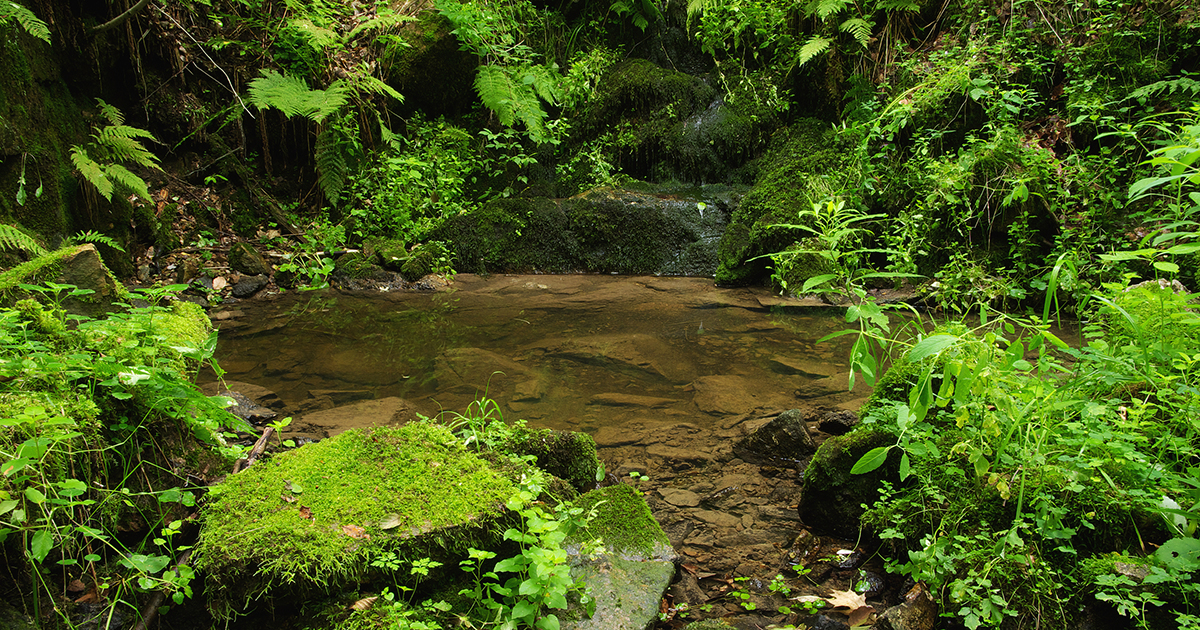How Amoebic Meningoencephalitis Spreads & Its Causes
The human population faces many health obstacles every day due to viruses, bacteria, and infections. One such threat is the Naegleria fowleri, a single-celled amoeba with a destructive goal. It is a naturally occurring resident of warm bodies of fresh water, unable to survive in salt water. Once introduced to the body through the nose, this amoeba goes straight to the brain and brain lining causing massive damage and death. The Center for Disease Control (CDC) states the fatality rate for amoebic meningoencephalitis, which results from the Naegleria fowleri, is over ninety-seven percent and in fact, only four out of 143 known cases in the United States (spanning from 1962 to 2017) have survived the infection. The best way to avoid contact with this vile threat is to know where to find it and what to do to keep it out of your head. Let's examine some of the ways to safeguard you and your family from amoebic meningoencephalitis.
Shallow Surface Waters

This amoeba can be found in shallow surface waters such as lakes, rivers, and creeks. It also thrives in geothermal hot springs and in the water runoff from industrial facilities and power plants. It can even be found in water heater tanks and above ground plumbing pipes. It likes hot temperatures up to 115 degrees and has been known to live in even higher temperatures for a short time. You can expect to find it anywhere there is warm water and especially if the water is not in motion. Infections are mainly seen during the summer months when there are prolonged high temperatures and low water levels. It usually feeds on bacteria and microbes in the water.
Continue reading to learn more information about the various causes and spread of amoebic meningoencephalitis (Naegleria fowleri).
Improperly Maintained Pools And Hot Tubs

Swimming pools, wading pools, hot tubs, and spas all should contain a safe level of chlorine to kill microbes and bacteria that are unhealthy to humans. There are many products on the market to help keep them free and clear of contaminants. Regular monitoring of PH and chlorine levels should be of the utmost priority. This also applies to public swimming pools and water parks.
Naegleria fowleri cannot survive in a chlorinated environment, so improperly maintained pools and hot tubs could easily provide an adequate environment for it to flourish. Colonies can grow in stagnant or non-moving water, so it’s imperative to stay vigilant.
Read more about the causes and spread of this condition now.
